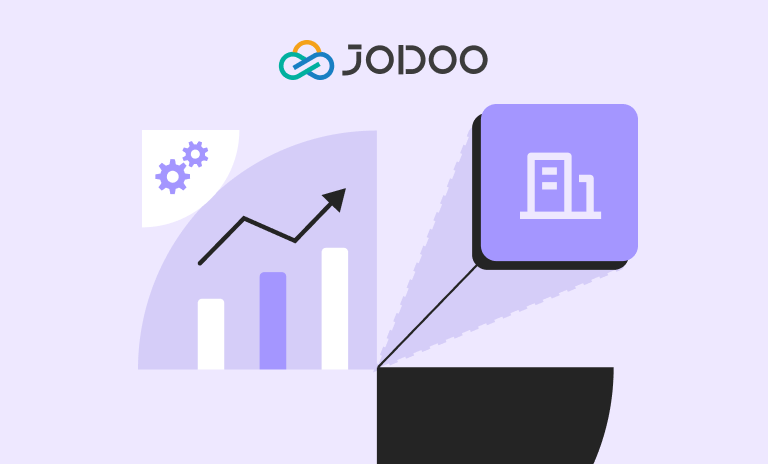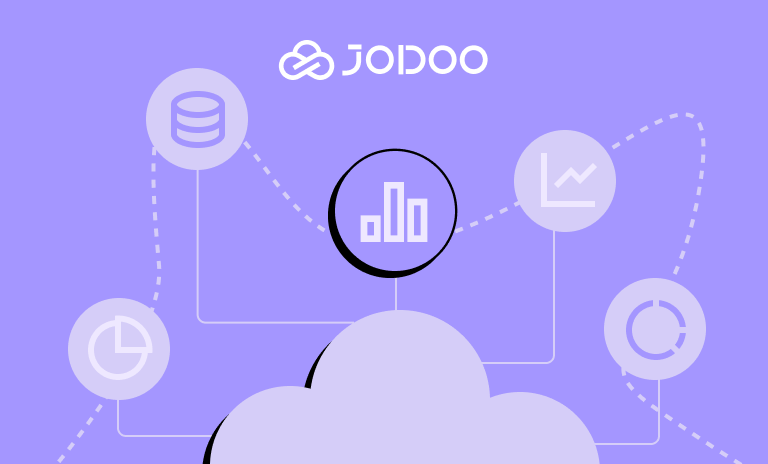Abstract: This blog post reviews the new pricing plans of Glide, a no-code platform for building mobile apps, and compares them to the legacy ones. It also explores the alternatives to Glide, such as Jodoo, which offers more features and scalability at a lower cost. The blog post aims to help users evaluate the changes and find the best fit for their needs and budget.
Glide, a popular no-code platform for building mobile apps, announced its updates on pricing plans on January 17, 2024. This change has sparked a lot of discussion among its users, especially those who rely on Glide for their businesses or client projects. In this blog post, we’ll delve into the details of Glide’s new pricing, how it compares to the old one, and the potential alternatives to Glide.
Introduction to Glide and Its Legacy Pricing Plan
Glide has been a game-changer in the no-code space, enabling anyone to create mobile apps without writing a single line of code. Its pricing structure in 2023 still benefits personal users or creators, with a free plan for hobbyists and a starter plan for more serious projects.
The free plan allowed users to create up to 3 apps with data from Google Sheets, Airtable, and Excel with basic features.
The starter plan, priced at $25 per month, unlocked more usages at 5000 rows per app and 2500 updates in total.
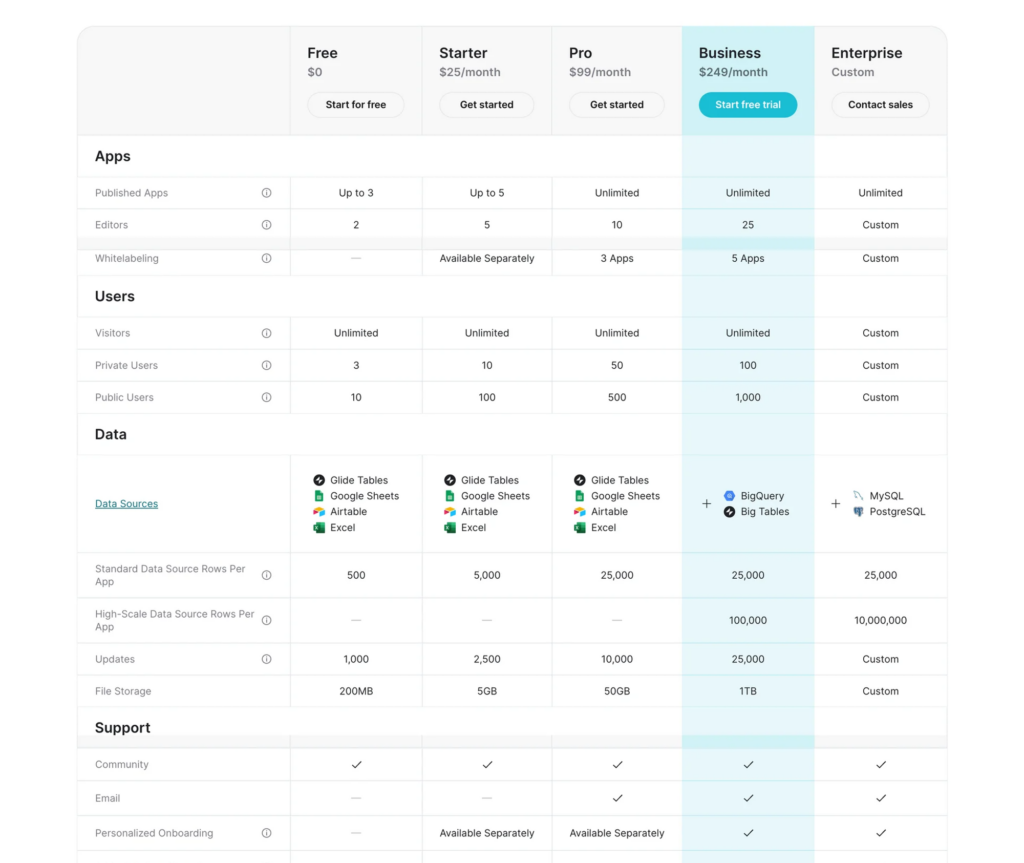
What Are The Pros and Cons of Glide’s New Pricing Plan?
The new pricing structure introduces four plans: Free, Maker, Team, and Business. Each plan comes with its own set of features, limitations, and costs.


Glide’s community manager has announced how each plan reflects the type of customer it serves:
- Free: Learn how to create custom apps with no code.
- Maker: Build prototypes or bring Glide to your school, non-profit, or community.
- Team: Turn your spreadsheets into custom apps that adapt to any device.
- Business: Build powerful tools connected to your high-scale databases.
- Enterprise: Scale custom software across your entire organization.
From our point of view, the lower tiers of the plan do not offer any significant benefits to a serious project, which contradicts the value provided by the legacy plans. Let’s examine the advantages and disadvantages of each plan more closely.
Free Plan
The Free plan remains the entry point for new users. However, it now only allows one app with limited updates and data sources.
Pros: Although this plan has fewer features and more limitations than the legacy free plan, it is suitable for beginners who want to learn how to create custom apps with no code, as it provides unlimited updates if using Glide Table.
Cons:
- Glide Table is the ONLY data source.
- Only 1 app is allowed to be published.
- Only 10 PERSONAL users can use the app. The “personal user” stands for those who register their account with a consumer email domain (such as Gmail, Outlook, or Yahoo) or an education email domain (such as .edu).
Maker Plan
The Maker plan costs $49 per month if billed yearly and allows unlimited personal users. However, it still requires the use of Glide Tables. Despite its higher price compared to the now-deprecated Starter plan, the Maker plan doesn’t offer any additional value.
Pros: Unlimited personal users, so you can invite as many people as you want to “experience” your “prototype.”
Cons:
- This plan limits you to publish only 1 app.
- It only allows 500 updates/month.
- This may not meet the needs of some projects or businesses that require more flexibility and scalability.
Team Plan
The Team plan, which costs $99 per month if billed annually, is a viable option for teams and businesses. However, it is still a significant downgrade when compared to the Pro plan, which is no longer available.
Pros:
- Connect with multiple data sources, including Google Sheets, Airtable, and Excel.
- You can publish unlimited apps.
- The file storage is upgraded to 100 GB.
Cons:
- This plan reduces the number of updates per month to 5,000, which is half of what the previous Pro plan offered. This may affect the performance or functionality of some apps, especially those that involve frequent data changes or transactions, particularly in the manufacturing or retail industry.
- Only 20 users are included in this updated plan, while in the deprecated Pro plan, 50 private users and 500 public users were included.
- Only 5 editors are included, while the deprecated Pro plan included 10 editors.
Business Plan
You can say that the business plan is the only plan that seems valuable in the latest update. It costs $249/month for 40 users, and each additional user costs more at $5/month.
Pros:
- You can connect SQL data sources.
- Store up to 100,000 records per app.
- Full APIs available.
- Support custom CSS for more customization.
- Supports add row offline.
- Supports barcode scanner.
Cons:
- Limited to 40 users. Which is also a big downgrade from the previous Business plan (from 100 to 40).
- Decrease the number of editors from 25 (previous Business plan) to 10 (current Business plan).
- It only allows 10,000 updates/month. Especially when you connect Glide with your SQL database, this is not the ideal limit you would like to see.
Conclusion on the Glide 2024 pricing updates
It is prevalent that Glide wants to push the users to leverage Glide Table as much as possible, as it doesn’t count the updates.
Our comprehensive review showed that within all the latest plans, the limit for users, editors, and updates has dramatically decreased. Yes, you can purchase additional updates, but the price for that also increases by 100%. Previously, if you needed an additional 25k updates, you paid $250/month; now, it has become $500/month. Additionally, collaborating with external users may incur additional costs with the updated pricing model. Each user is expected to cost at least $4/month. However, for those who don’t require working with external data sources, Glide Table offers significant benefits as a data management solution.
If you’re new to using Glide for your business, it’s recommended that you carefully review the Team plan and make the most of Glide Table features. Additionally, you may wish to explore other no-code tools that provide comparable benefits.
Alternatives to Glide
While Glide’s new pricing may not suit everyone, several alternatives exist. Platforms like Adalo, Bubble, and OutSystems offer similar no-code app development capabilities, each with its own pricing structures. It’s worth exploring these options to find the best fit for your needs and budget. Jodoo, the leading no-code app builder, stands out among the alternatives.
Why choose Jodoo over Glide?
Comparing the Standard plan of Jodoo and the Team plan of Glide, we can find the overall weaknesses of Glide include:
- 25k rows limit per app is not enough for many businesses
- Glide only offers basic API at this tier
- Glide doesn’t offer the barcode scanner at this tier
- Glide doesn’t offer the iFrame embedding at this tier
- Glide sunsets the “public user” and counts both public and private users as “users”
Furthermore, Jodoo doesn’t limit the potential of every user by empowering all users with the possibility of being the editor of the apps. Below is a detailed comparison of Jodoo’s and Glide’s latest pricing.
| Jodoo (Business Plan) | Glide (Team Plan) | |
|---|---|---|
| Price | $60 | $99 |
| Users | 5 | 20 |
| Editors | Start at 1 | Up to 5 |
| Anonymously Visted Users | Unlimited | Unsupported |
| Apps | Unlimited | Unlimited |
| Updates | Unlimited | Unlimited for Glide Table; 5,000/month for any integration with other data sources |
| Rows limit | 750,000 per workspace | 25,000 per app |
| APIs | Add-on price for full APIs | Basic APIs: Add, update, and delete data within the Glide Table directories |
| Integration with Zapier and Make.com | ✅ Jodoo integration page on Zapier | ✅ |
| E-signature | ✅ | ✅ |
| Barcode scanning | ✅ | ❌ |
| iFrame embedding | ✅ (Form and Dashboard) | ❌ |
| How to use the developed apps? | Accessing through Jodoo’s mobile apps | Installing PWA apps to mobile phone |
(Note: Prices may vary based on exchange rates in different countries.)
Another noteworthy feature is that Jodoo allows unlimited visitors to submit records using the public form. The user doesn’t need to sign in to Jodoo to complete the submission, allowing more agile collaboration and feedback collection.
Glide used to offer a Pro plan that allowed 500 public users to sign in to the public application. However, in their latest update, this feature has been discontinued, and all public users are now counted towards the total number of users. This change has an impact on those who work closely with a large number of customers and suppliers, which can easily exceed 300 seats, based on our experiences.
How do you build an app on Jodoo?
You can choose either to create an app from scratch with or without your existing data, or start from a template to fasten app building.
First, Create a New App: Go to Workspace, click “New App,” and name your app.

Second, Add Components: Choose to add forms, workflow forms, or dashboards based on your needs. You can create a form from Excel so that you don’t need to build from scratch.
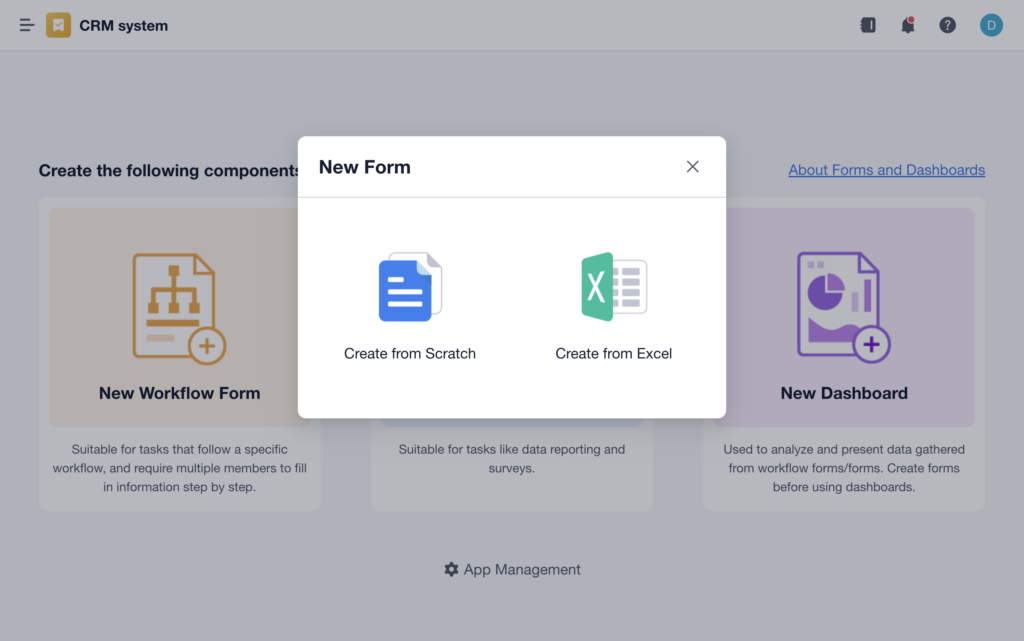
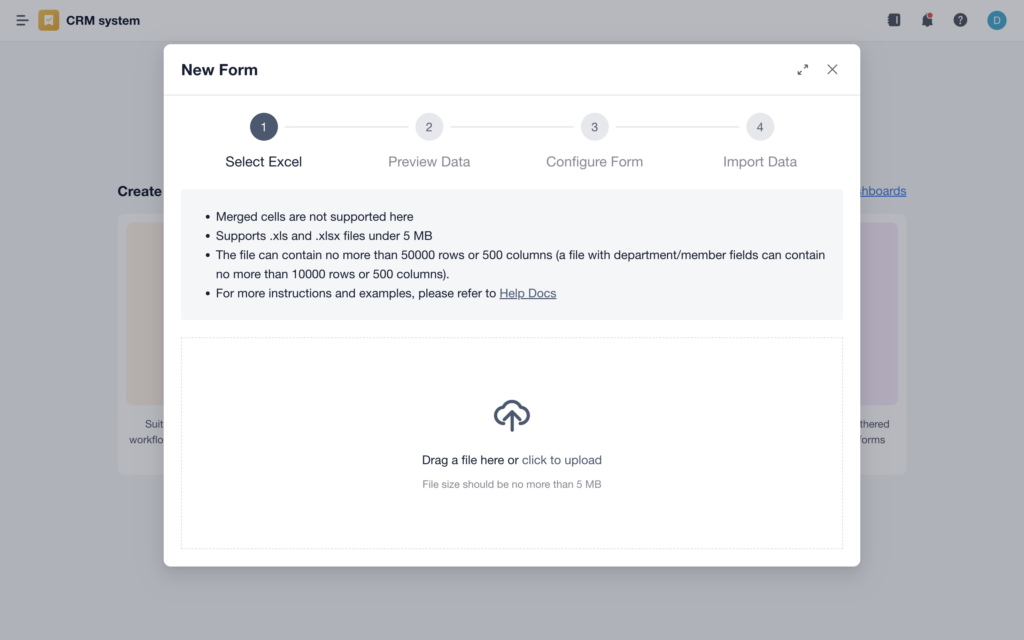
Third, Design Forms: Add fields and set permissions for data collection.
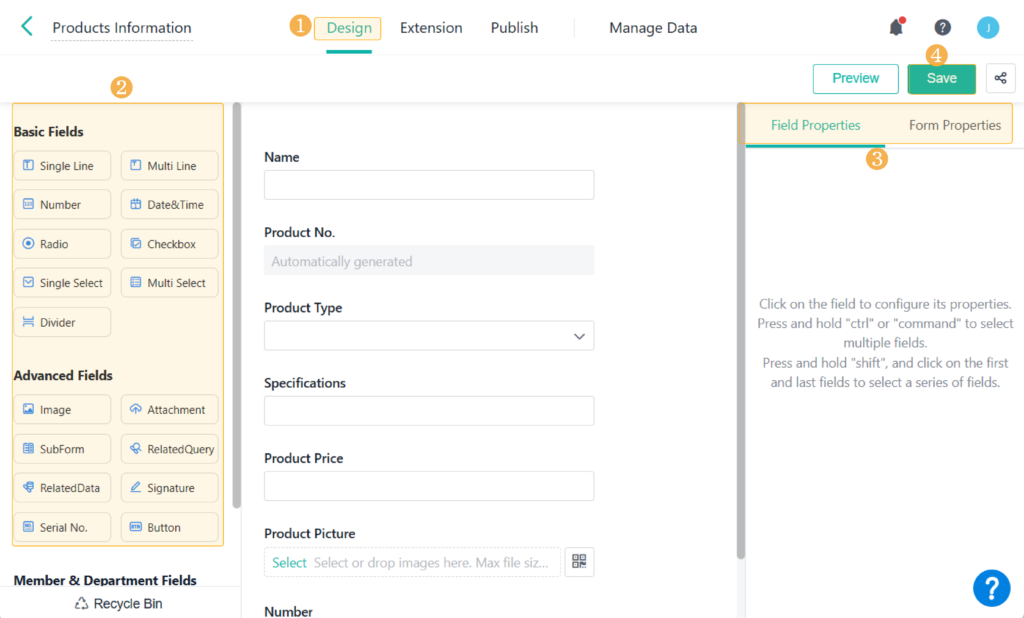
Fourth, Set Up Workflows: Design workflows for business processes and approvals.
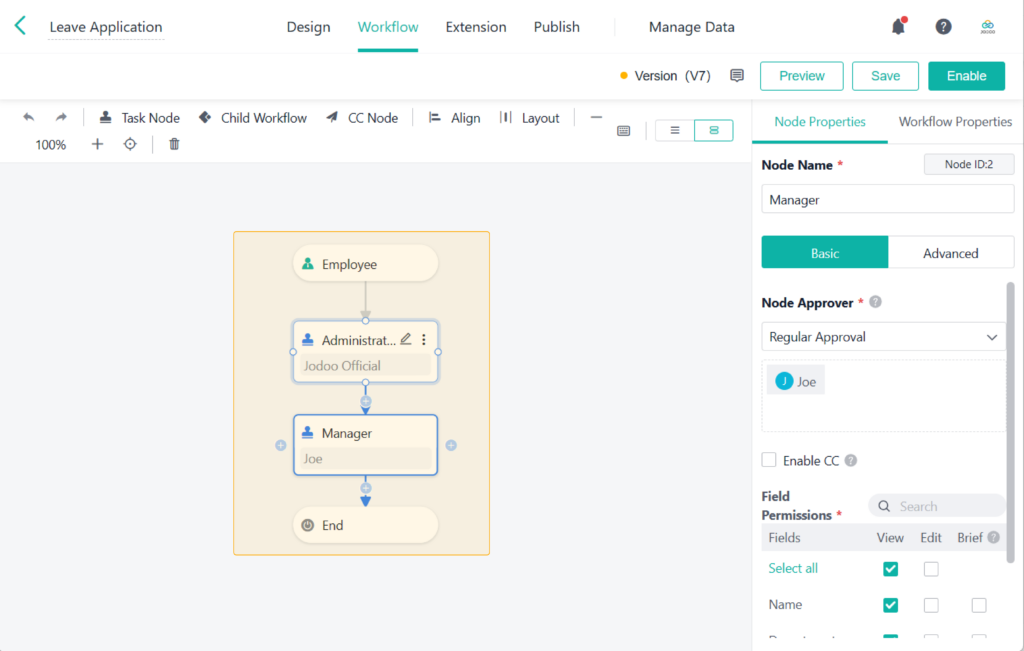
Fifth, Create Dashboards: Visualize and analyze data with dashboards.
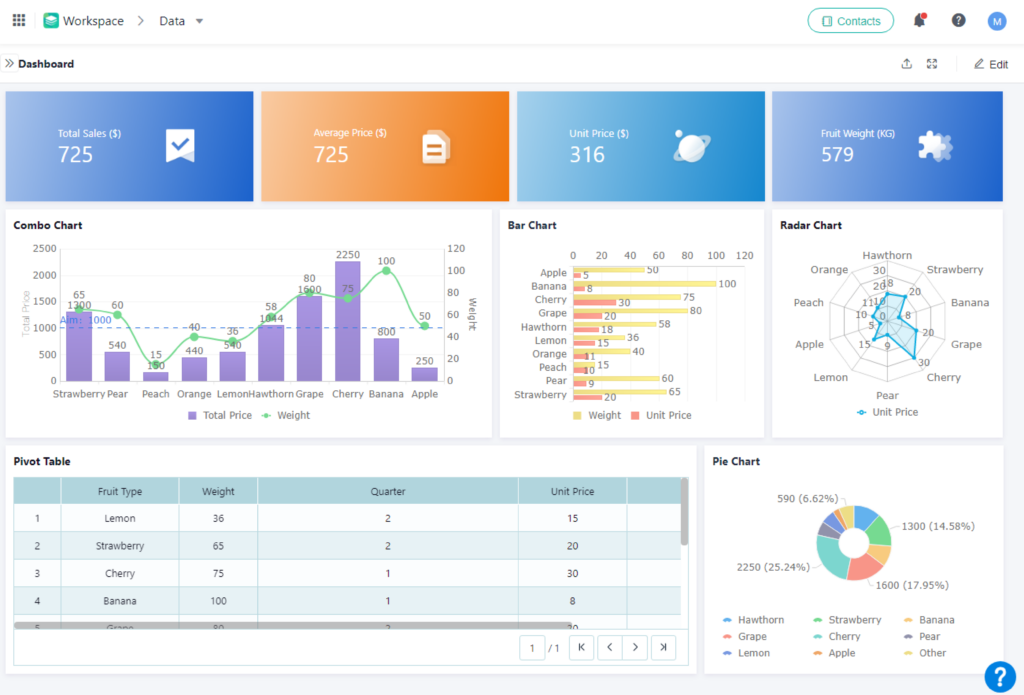
Building an app from a template in Jodoo is even simpler:
1.Access Template Center: In Workspace, click “New App” and select “Template Center.”
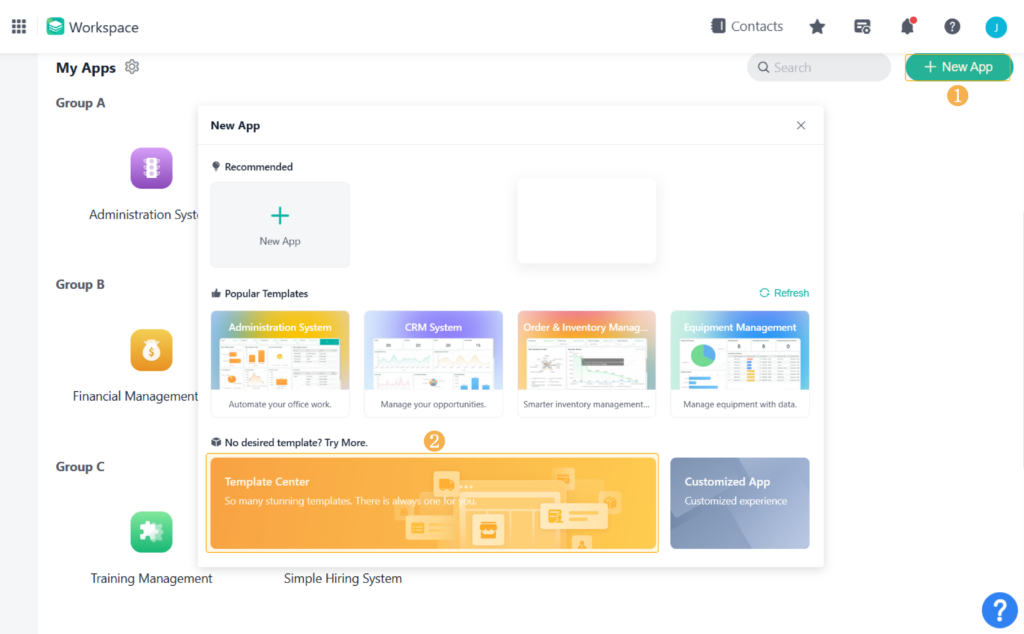
2. Choose a Template: Browse or search for a template that fits your needs.
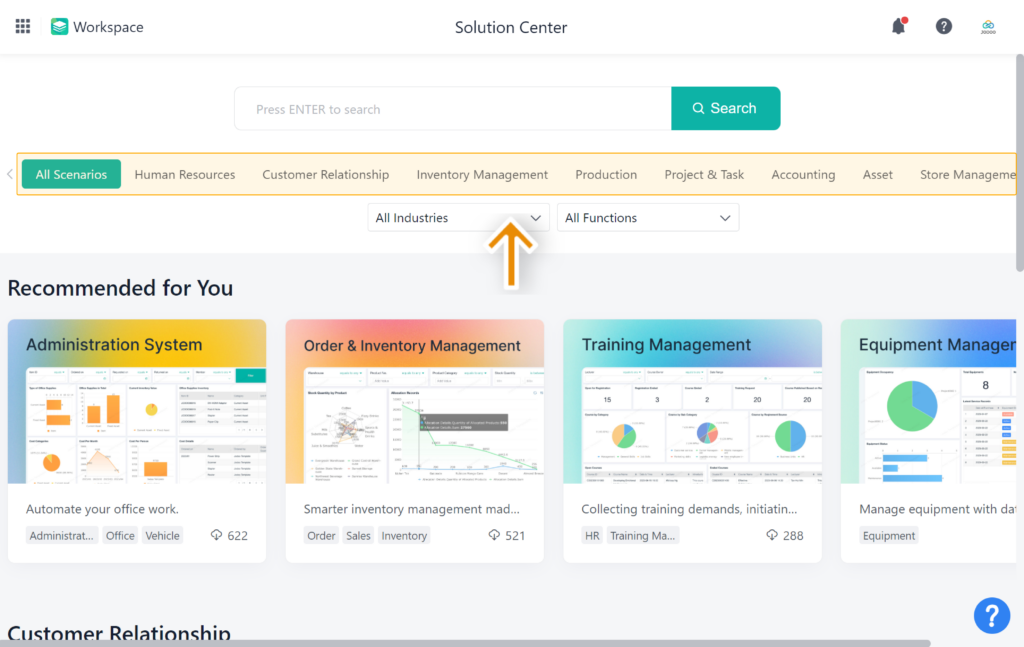
3. Install the Template: Click on the template to preview details, then click “Install app and data.”
4. Customize as Needed: Modify the app’s forms, workflows, and dashboards to suit your specific requirements.
In Jodoo, Form is the default view of your data, you can always see records in Data Management or create views like Grids, Kanban, Gallery, or Gantt.
Conclusion
In conclusion, Glide’s new pricing structure brings both opportunities and challenges. It’s important to carefully evaluate the changes and consider the potential impact on your projects. Some of the community members from Glide have started to be concerned about the changes.
My first impression is i’m glad i’m a legacy user! If I had seen the new pricing prior to developing my app, I think I would not have started.
—— Member, Glide Community
For those who don’t need integration with other data sources, Glide Table supports unlimited updates, which is fine for most of the starter use cases.
If you need to keep your data in Airtable, Google Sheets, or an SQL database, upgrading to the new plan might surprisingly increase your bill.
Despite the price increase, Glide remains a powerful tool in the no-code space, and its value should not be underestimated. On the other hand, never forget there are a lot of great alternatives to Glide, including Jodoo.
Jodoo provides a more scalable table for businesses requiring larger data sets, providing the experience of Glide Big Table at a lower cost. Jodoo also supports unlimited updates and larger file storage. Supporting barcode scanning streamlines work in the manufacturing industry. We also encourage all of the users to become editors, allowing more innovation to spark within your organization.
We encourage you to explore Jodoo, but the best no-code platform is the one that fits your specific needs and budget. Whether that’s Glide, Jodoo, or another tool, the most important thing is finding a solution that empowers you to bring your ideas to life efficiently and effectively. If you have any questions about evaluating these tools, please contact our sales, and we will be more than happy to help you!

